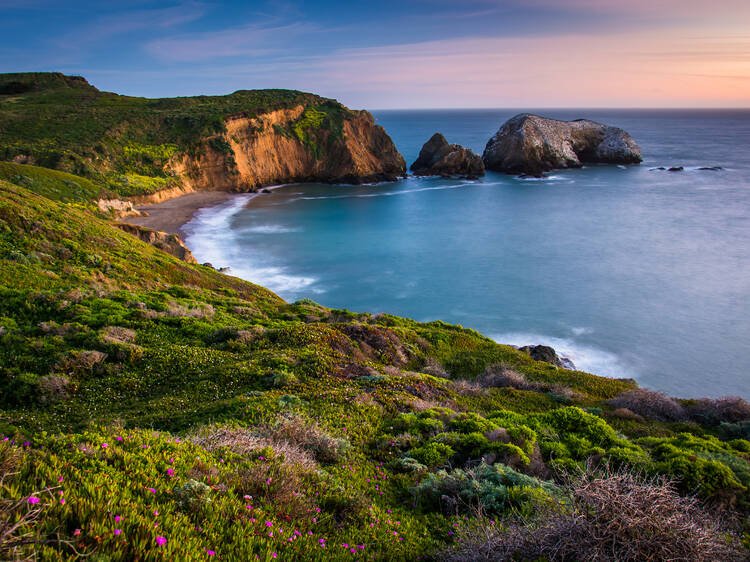Dozing Equines: Unraveling the Mysteries of Horse Sleep
Dozing Equines: Unraveling the Mysteries of Horse Sleep
Horses have some very unique sleeping patterns that might seem puzzling to those new to the equine world. Their natural instincts have adapted to sleeping as if they were in the wild, where they need to remain constantly alert and protect themselves from potential dangers. Understanding the reasoning behind their somewhat unusual sleeping habits can be both fascinating and enlightening.
Sleeping Upright: A Peculiar Phenomenon
Unlike humans and many other animals, horses require very little REM sleep, which is the part of the sleep cycle associated with deep sleep and dreaming. You can spot a horse in REM sleep when they lay down to rest. While in REM sleep, you may notice a horse lying on its side and moving its legs, which is a good indicator that they are dreaming!
However, horses only spend a few minutes in REM sleep during each resting period. Most of their sleep is light, which can be observed when they sleep standing up by shifting their weight between their hind legs. As large animals, lying down for extended periods can restrict blood flow and put excess pressure on their internal organs. That's why they only lay down for REM sleep and spend the rest of their slumber standing up.
A Horse's Sleep Quota: Less is More
Horses are known for thriving on minimal amounts of sleep, typically getting around three hours of rest within a 24-hour period. Young foals may sleep for the majority of the day, but as they grow older, their sleep requirements decrease. A few minutes of rest at different points throughout the day is usually all a horse needs to stay healthy and alert.

